There are many life events that can leave you with physical scarring. Whether it's acne scarring, stretch marks, a surgical incision, or an injury, scars can sometimes impact your confidence. If you're looking for a treatment that can improve the appearance of your scars and revitalize your skin at the same time, laser scar resurfacing may be right for you.
At Allure Esthetic, we use advanced laser technology to address scar discoloration and texture. Our goal is to help you explore skin rejuvenating treatments like laser scar resurfacing and create a personalized plan so you can see smoother, brighter skin after your sessions at our Seattle clinic.
What Is Laser Resurfacing?
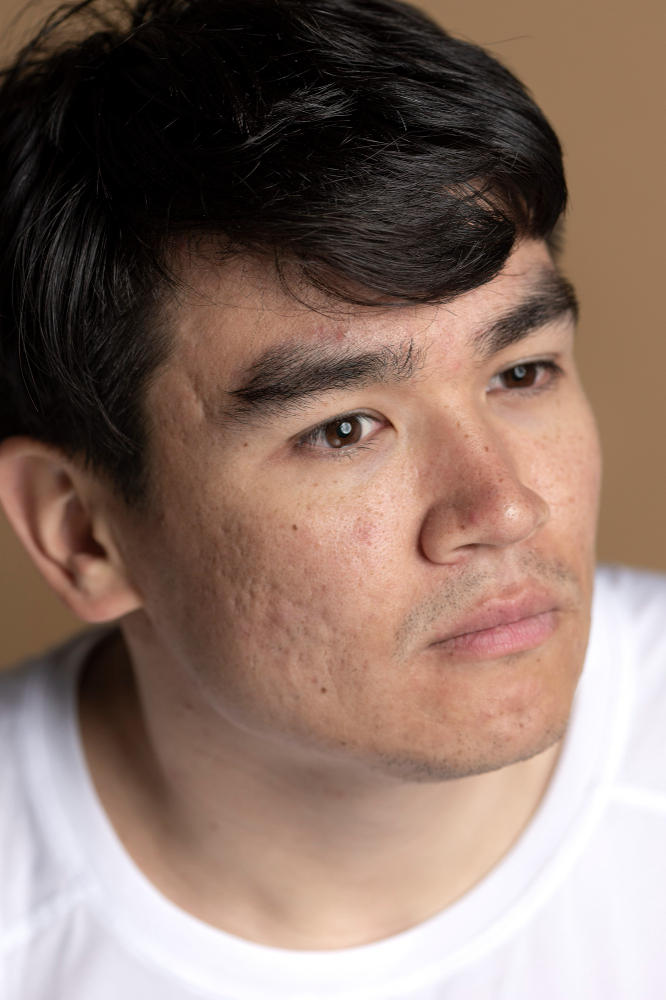
When you think of resurfacing, you might picture sanding down a rough surface to reveal a smoother layer beneath. At its core, laser resurfacing operates on a similar principle, except with controlled laser energy. At Allure Esthetic, we use a Q-Switched Nd:YAG laser to target scar tissue. The laser beams pass through the top layers of skin and focus on the scar tissue below.
Why Laser Scar Resurfacing?
If you've researched different scar treatments, you may feel overwhelmed by the many choices available to you. At Allure Esthetic, our skincare professionals emphasize laser scar resurfacing to address discoloration and uneven texture. Laser scar resurfacing harnesses light energy to target scar tissue while stimulating collagen production. By focusing on specific wavelengths of light, the treatment can help improve the look of stubborn scars without damaging the surrounding skin. Many patients find that laser scar resurfacing provides a precise and effective way to see noticeable improvements in scar appearance.
How Can Laser Resurfacing Improve The Appearance Of Scars?
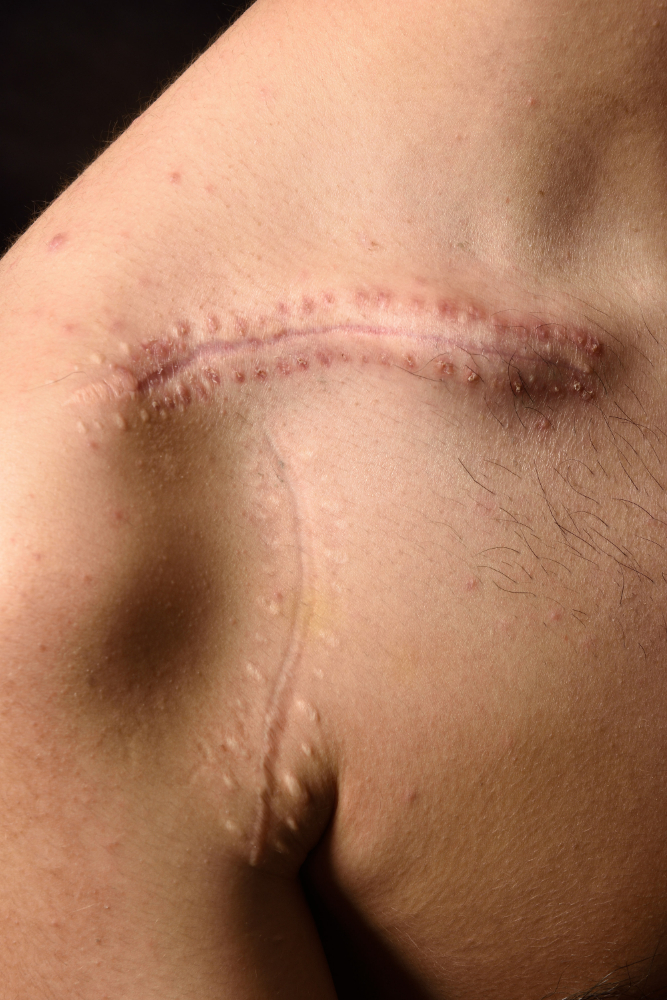
Our Q-Switched Nd:YAG laser may help your body gradually replace damaged scar tissue with new, healthier skin cells. Here's how it works:
- Targeted Light Energy: The scar pigment absorbs the laser energy, which can break down the excess pigmentation.
- Controlled Micro-Damage: The laser also stimulates the body’s natural wound-healing response, encouraging collagen production in the treated area.
- Gradual Fading: As your skin heals, the surface of your scar may become lighter and smoother in texture.
Because every scar is unique, it may take multiple sessions to see the full benefits. After each session, you may notice incremental improvements in color, texture, and overall appearance. Some patients find that with repeat treatments, their scars eventually blend in more seamlessly with the surrounding skin.
What Scars Can Laser Resurfacing Treat?
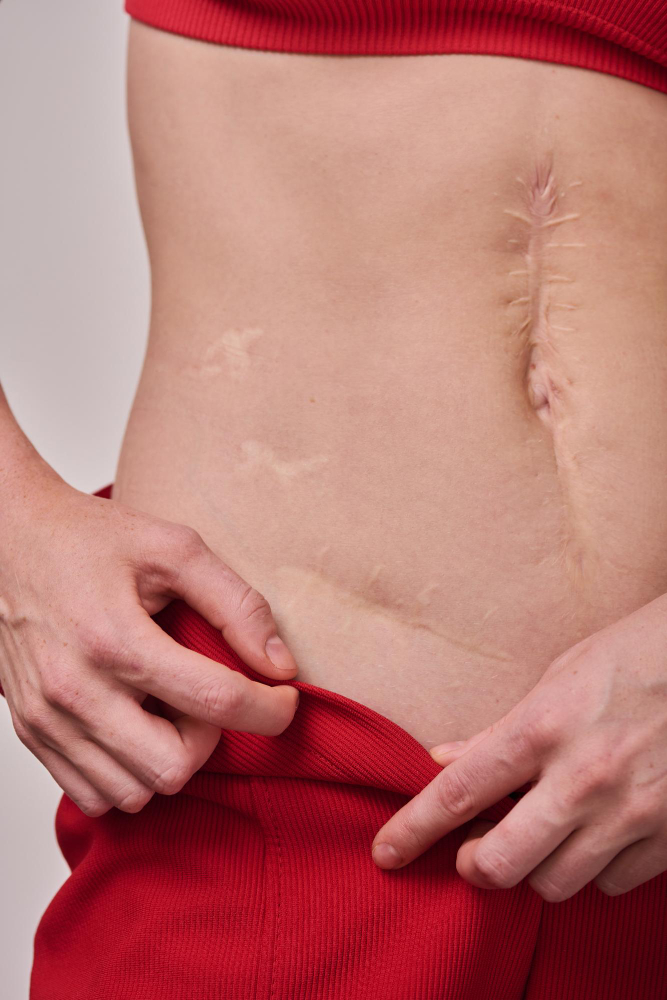
At Allure Esthetic, our estheticians use a Q-Switched Nd:YAG laser to perform laser resurfacing. These sessions commonly treat various scars, including:
- Post-surgical scars: This can include scars from elective cosmetic procedures or medical surgeries.
- Traumatic scars: Injuries or accidents can leave behind raised or discolored scar tissue, which laser resurfacing may help reduce.
- Hypertrophic or keloid scars: While not every keloid scar responds the same way, laser treatment can sometimes address the redness or bulk of raised scars.
- Hyperpigmented scars: Brown patches or dark spots may benefit from our 1064nm setting, which may lighten pigment over time.
- Red scars or discoloration: The 532nm laser setting is used to target red or pinkish scarring.
Since newer scars take time to develop and may not respond predictably to treatment, our skincare experts recommend waiting at least one year after the scar has formed before considering laser scar resurfacing sessions.
Your Laser Scar Resurfacing Treatment In Seattle
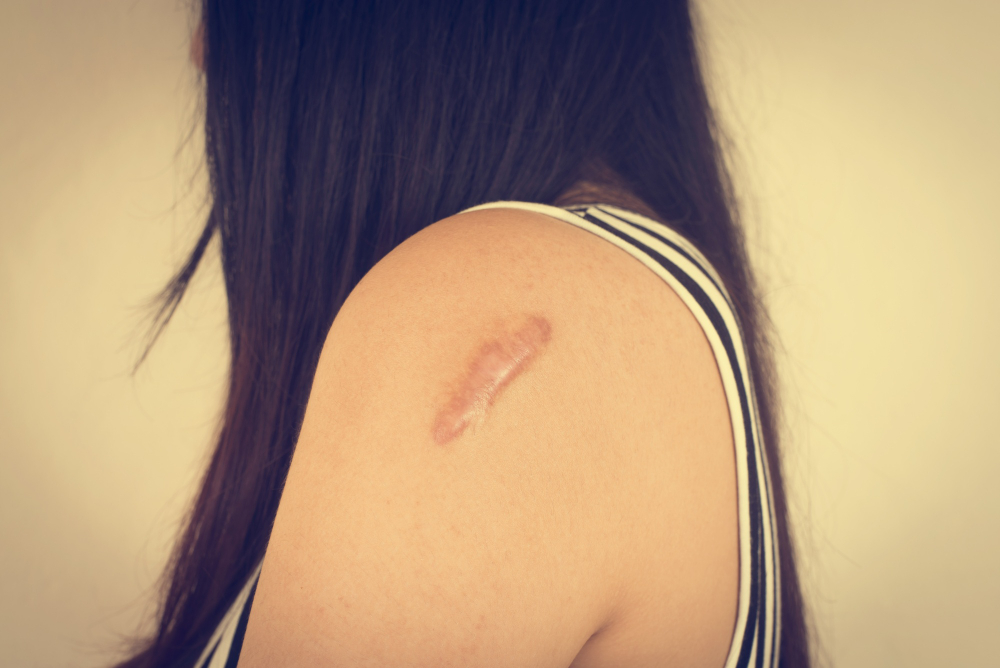
Consultation
At Allure Esthetic, we want you to feel comfortable and fully informed when you choose laser scar resurfacing. The first step involves a consultation and screening. At this appointment, we'll review your medical history, discuss your cosmetic goals, and evaluate your scarring. We will also ask about any topical or oral medications you may be taking, such as antibiotics, immunosuppressants, or blood thinners.
Laser Treatment Session
On the day of your session, your provider will cleanse the treatment area with alcohol to create a sterile environment. They will also apply a thin layer of topical numbing cream before treatment to reduce potential discomfort. After half an hour, any remaining lidocaine will be removed, and the area will be washed with a gentle cleanser and cold water until the skin is free of both cream and alcohol.
Once you and your provider are equipped with laser safety glasses, we proceed with the Q-Switched Nd:YAG laser. We typically perform a single pass across the scar using either a 532nm wavelength for red discoloration or a 1064nm wavelength for brown pigment. The laser's specific energy levels and frequency may be adjusted based on how your skin responds during the session. Following the laser pass, your provider will apply a specialized healing ointment over the treated area and cover it with a sterile dressing.
Post-Treatment Care
Before you leave, we provide detailed post-treatment instructions. These guidelines usually include leaving your bandage on for the remainder of the day and applying the healing ointment your provider supplies the night of your treatment, continuing to apply it morning and night for about three days. If you experience blistering, use the ointment until the area heals.
Depending on how well your skin responds and the nature of your scar, we may recommend follow-up treatments every six to eight weeks. Because each scar reacts differently to laser resurfacing, the exact number of sessions varies from person to person.
What Is Recovery Like After Laser Scar Resurfacing?
After a laser resurfacing session, you may notice redness, mild swelling, or even a small scab formation in the treated area, especially if the energy levels used are high or if your scar is deeper. These side effects typically subside within a week or two, but it's important to follow our post-procedure instructions carefully:
- Keep it Clean: Gently cleanse the area without scrubbing.
- Avoid Sun Exposure: UV light may irritate the healing skin and cause pigmentation issues. If you need to go outdoors while your skin is still healing, wear protective clothing or sunscreen.
- Stay Hydrated: Drinking plenty of water and maintaining a healthy diet can support your skin's healing process.
- Avoid Picking: Let any scabs or dry skin fall off naturally.
If you notice severe blistering, excessive swelling, or any other concerning symptoms, please contact Allure Esthetic immediately. We may recommend additional care measures, such as using a cool compress or applying your healing ointment until the irritation resolves.
How Much Does Laser Scar Resurfacing Cost In Seattle, WA?
For the best results, you will need multiple laser resurfacing sessions spaced about 6-8 weeks apart. The number of sessions will vary based on your individual needs. At Allure Esthetic, we provide the following treatment packages:
- Standard Package: $950 for 3 treatment sessions
- Allure Esthetic Patient Discount: $450 for 3 treatment sessions if your procedure was performed at our clinic
We believe in the transformative potential of laser resurfacing for scars and want to make sure you’re comfortable with your treatment plan. During your consultation, we can discuss financing options and answer any questions you have about payment.
Laser Scar Resurfacing At Allure Esthetic
At Allure Esthetic, we pride ourselves on creating an environment where you can feel confident exploring your cosmetic goals. Our team strives to provide the latest and most effective treatments for scars and other skin concerns.
If you're ready to take the next step in your scar treatment journey, call us at (206) 209-0988 or schedule your consultation with one of our skincare experts online today.
Frequently
Asked Questions
1. How Many Laser Scar Resurfacing Treatments Will I Need?
Many patients may see improvements after a few sessions, while others may require additional treatments. The exact number of laser scar resurfacing treatments you'll need varies depending on the depth, age, and type of scar. During your consultation, we'll evaluate your scar and provide a recommended treatment plan, keeping in mind that results can be gradual and may continue to improve with each session.
2. Is Laser Resurfacing Painful?
The procedure can be mildly uncomfortable, often described as a rubber band snap against the skin. To minimize discomfort, we apply a topical numbing cream before treatment. Many patients tolerate the session well with minimal pain.
If you have low pain tolerance or specific concerns, let us know at your consultation. We can customize our numbing protocol to make your experience as comfortable as possible.
3. Am I A Good Candidate For Laser Scar Resurfacing?
Ideal candidates are individuals who have scars that are at least a year old and have realistic expectations for their treatment results. It's crucial that you don't have certain medical contraindications, such as steroid use, blood thinners, or recent photosensitizing medications. We'll go over your health history, skin type, and specific goals to determine if laser scar resurfacing for scars is right for you.
4. Will Laser Resurfacing Completely Remove My Scar?
While laser scar resurfacing may significantly reduce the visibility of many scars, complete removal is not always possible. Scars are part of the body's natural healing process and can take time to improve. Our approach aims to lighten the scar, reduce uneven texture, and encourage healthier skin formation, but results vary from person to person. We'll discuss realistic expectations during your initial consultation.
5. How Soon Can I Resume Normal Activities After Treatment?
Many patients can return to everyday tasks immediately, though side effects like redness, mild swelling, and temporary sensitivity in the treated area are common. Since your skin may be more delicate, you should avoid strenuous exercise and direct sun exposure for at least a few days. We'll provide detailed aftercare instructions so you know exactly how to protect the treated area and support your skin's healing process.
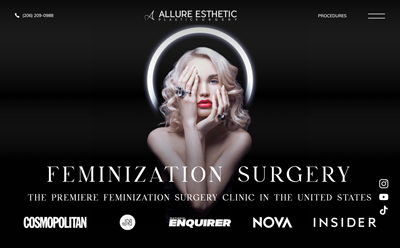 FeminizationSurgeries.com
FeminizationSurgeries.com
